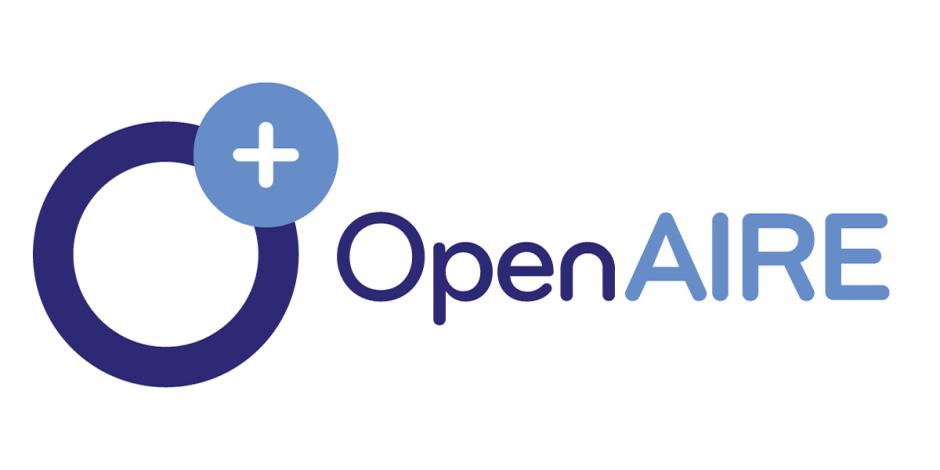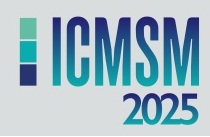Parametric optimization and evaluating mechanical properties of poly lactic acid proceed by FDM additive manufacturing
DOI:
https://doi.org/10.5281/zenodo.8020527Abstract
Additive manufacturing is emerging techniques for creating 3-D objects from a components design. The current work is focus on evaluating mechanical properties of PLA through Fused deposition modeling (FDM) techniques. The optimization was carried out by varying the printing process parameters such as printing speed (60 mm/s, 100 mm/s and 140 mm/s), layer thickness (0.1 mm, 0.2 mm, and 0.3 mm) and infill density (40%, 60%, and 80%). The impact of printing parameters on impact strength can be considered for the optimization process. The L9 orthogonal array is used to prepare the samples, and the Taguchi optimization method was used to optimize the process condition. Moreover current study includes an ANOVA of the measured data that determines the significant and assesses the total impact of each input parameters on response. The result shows that impact strength is observed to be higher at an infill density of 80%, a minimum layer thickness of 0.1 mm, and a printing speed of 100 Cº. Furthermore, ANOVA study shows that the order of the parameters that affected the impact strength was infill density followed by layer thickness and printing speed.















